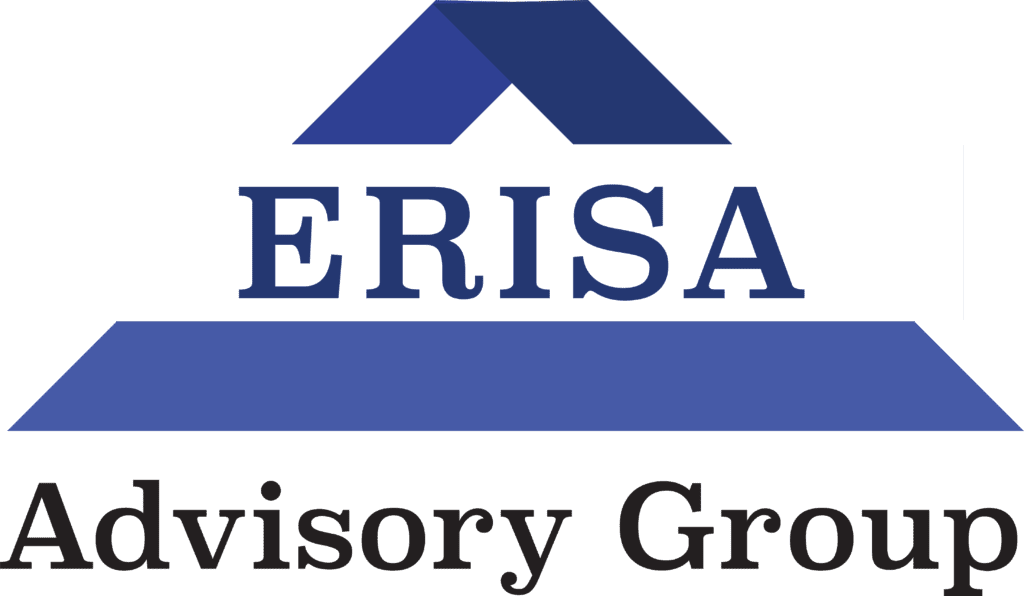ERISA INSIDER: VOL I., ED. VIII: Trade Associations – 5 Things To Consider When Adopting A MEWA
Multiple Employer Welfare Arrangements (MEWAs) have many benefits for Associations, but there are five key things to keep in mind so you can stay ERISA compliant.
A message for the Executive Director of a Trade Association:
Multiple Employer Welfare Arrangements, or MEWAs, have become a popular option for Trade Association Health & Welfare plans in recent years.
MEWAs offer lots of benefits for Associations, as well as the employer participants and their beneficiaries.
These special health and welfare plans give employers the advantage of negotiating better rates for health insurance and other benefits through group purchasing power.
In addition, it simplifies the process of filing annual Form 5500s to the US Department of Labor because every employer is covered under one plan, so long as the proper conditions are met.
Over the years, adopting a MEWA has been seen as a way to get around state rules and regulations regarding health insurance and certain provisions of the ACA.
For this reason, the DOL keeps a close eye on Associations that offer MEWAs to their members for potential compliance problems.
It’s important to understand the rules for adopting a MEWA so you don’t run into issues that could compromise the plan, or trigger an audit from the Employee Benefits Security Administration (EBSA).
Below, you will read about 5 crucial factors to keep in mind so your MEWA can run smoothly, and stay in compliance with ERISA.
The Arrangement Matters Most: MEWAs Are Not Negotiated Through Collective Bargaining
MEWAs are subject to the rules of the Employee Retirement Income Security Act of 1974 (ERISA) under most circumstances, especially when offered by an association.
ERISA was passed with the purpose of preventing employers from using plan assets to benefit themselves, their organization or any individuals above plan participants and beneficiaries.
To prevent fraudulent insurance schemes, ERISA makes a key distinction between the special arrangement allowed under a MEWA and plans that are created through collective bargaining.
Unions are famous for offering plans that are negotiated through collective bargaining, and are subject to federal laws and regulations created under ERISA and the Taft-Hartley Act of 1947.
On the other hand, Trade Associations that support small business owners and their employees are allowed to negotiate group insurance so long as the businesses are related, but are not part of, a “controlled group”.
Most bona-fide Trade Associations host members that do business in the same industry, for example, and are therefore considered “related”.
While this gives employers the advantage of negotiating insurance coverage and other benefits at a group rate under a MEWA, the plan is subject to state rules and regulations as well as ERISA.
This creates compliance challenges for operating a MEWA, but if it is done properly can be one of the most beneficial assets to offer Association members.
Unlike Plans Formed Through Collective Bargaining, MEWAs Are Subject To State Law
Most ERISA Health & Welfare plans are regulated under ERISA and federal law alone. MEWAs, however, are also subject to state rules & regulations.
This is important because if your Trade Association serves members in several states, compliance can get tricky.
Each state has its own rules regarding MEWAs, so it is critical to ensure your plan is following the relevant laws in every state you operate in.
Some states bar MEWAs altogether. Whereas other states have simple filing requirements so they know who you are, and that you’re operating in their state.
Certain states also have strict rules that prohibit self-insured MEWAs, but allow you to operate if you are fully insured.
This is because these states do not want employees to be subject to the risk of employers having plans that are underfunded, or even insoluble, preventing participants and beneficiaries from accessing insurance when they need it most.
The unique relationship between federal and state laws regulating MEWAs has been somewhat of a grey area since they were first introduced, and states are constantly working to monitor these plans for potential problems.
The key takeaway is to make sure you have an expert on your team who knows MEWA structure and compliance rules, so that your plan can run smoothly.
Determining the right structure is the first challenge. The DOL has created two tests to help determine whether an Association Health Plan can qualify as a MEWA in the first place, and enjoy the benefits that go along with it.
These Two Tests Determine Whether Your Plan Can Operate As A MEWA Under ERISA
Under ERISA, the DOL has created two tests to determine whether your Health & Welfare Plan can operate as a MEWA.
They are:
- The “Commonality of Interest” Test, and
- The “Control” Test
The Commonality of Interest Test
The Commonality of Interest test requires associations that offer Health & Welfare benefits under a MEWA, and the individuals participating, be tied by some economic or representational interest.
This is because the government does not want entities forming to enjoy the benefits of a MEWA solely by operating a Health & Welfare Plan.
Fortunately, most Trade Associations offer a host of features and benefits to their members, including lobbying, and therefore a MEWA is just another perk.
When the DOL is determining whether your association passes the Commonality of Interest test, they consider the following factors:
- How the association solicits members
- Who is entitled to participate & who actually participates in the association
- The process by which the association was formed
- The association’s purposes for existing
- The relationship of its members outside the organization
- The powers, rights and privileges that a member enjoys as a result of joining the association
The Control Test
The Control Test says employer-members within the association must actually control the association and the health plan in both form and substance.
One way to do this is to allow members to control the selection and removal of plan trustees.
Another way is to involve members in designing and administering the benefits made available to employees that participate in the plan.
The true purpose of this test, again, is to prevent plans from being created as a MEWA to benefit individuals solely for entrepreneurial gain.
Once you have the basic structure of your MEWA in place, the next challenge is keeping it compliant.
On the federal level, ERISA has special requirements for operating a MEWA. Breaking the rules can lead to serious consequences — including an EBSA audit of your plan and potential fines, penalties and excise taxes to your business and plan fiduciaries.
How To Make Your MEWA ERISA Compliant
Every Health & Welfare plan governed by ERISA requires you to file an annual Form 5500 that discloses all of the financial information about your plan. MEWAs are no different.
(In a previous edition of ERISA Insider, we share the most common mistakes fiduciaries make when filing the Form 5500, and how to avoid them. You can read that by clicking here.)
In addition to the Form 5500, Trade Associations that offer a MEWA to their employer-members must also file what’s known as an M-1.
The annual Form M-1 must be filed electronically by March 1 following any calendar year for which it’s required. (For more information, read the DOL’s instructions for filing an M-1.)
Its purpose is to disclose information regarding the MEWA’s compliance with federal law.
In addition to the annual filing requirement for existing MEWAs, there are some other instances which require filing an M-1. These include:
- A new MEWA begins operations (30 days prior)
- An existing MEWA expands operations to an additional state
- Two or more MEWAs merge
- The number of employees increases by 50% or more
- The MEWA experiences a material change to its custodial or financial information
What To Know About DOL Enforcement Of MEWAs
The Department of Labor enforces the rules and regulations that govern MEWAs and other ERISA Health & Welfare plans through the Employee Benefits Security Administration (EBSA).
The EBSA is notorious for conducting lengthy audits of Health & Welfare plans offered by associations and other employers, some dragging on for many years.
An audit is typically triggered by suspicious or incorrect reporting on a plan’s Form 5500 or M-1. Although, there are several other factors the agency considers as well.
(Read more information on how EBSA operates and what can trigger an audit here.)
CASE STUDY: “How The ERISA Advisory Group Helps A Bona Fide Trade Association Stay ERISA Compliant”
Health & Welfare plan compliance is tricky for Trade Associations. Especially when you’re dealing with a MEWA.
While a MEWA provides many benefits to associations and their employer-members, it is important to ensure your plan stays compliant with ERISA and related federal and state laws.
We’re proud to have helped one of our top clients who serves as the Executive Director of a bona fide Trade Association in this area.
Our case study details the exact steps our independent fiduciaries take to keep this Association’s plan in compliance, and achieve the best results for its participants and beneficiaries.
Click the link below to download your copy of our MEWA case study:

